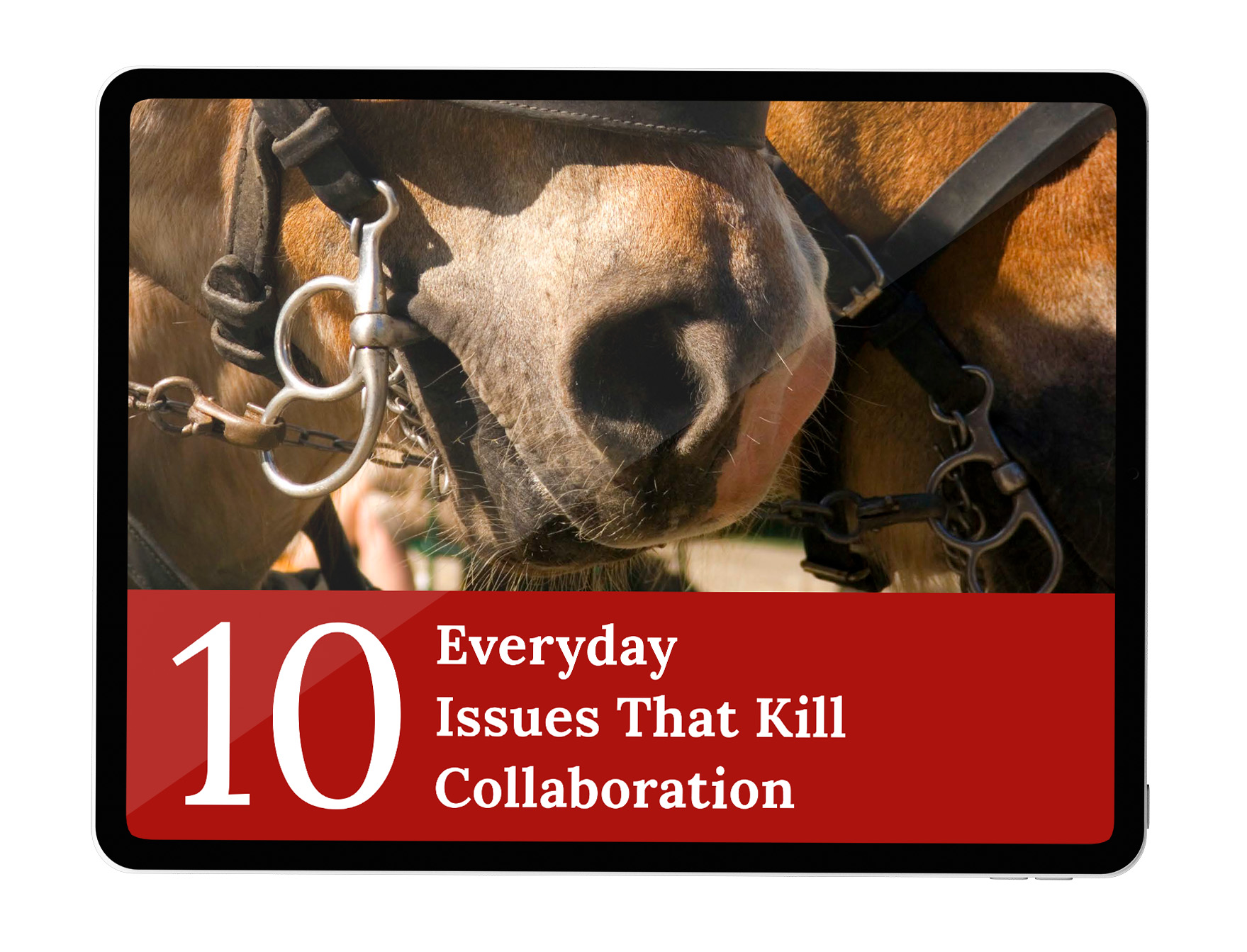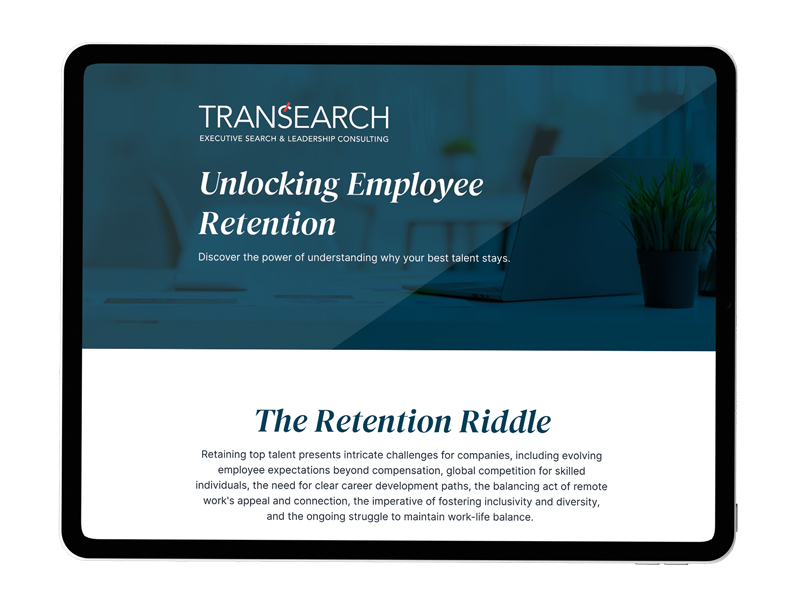The new business jargon phrase “quiet quitting” has been making headlines recently. What exactly is quiet quitting by definition? Simply put, its employees thumbing their noses against uneven work-life balance and silent non-compliance with the demands of a job they are unhappy in–a behavior that is as old as work itself!
Quiet quitting is defined as “an informal term for the practice of reducing the amount of effort one devotes to one’s job, such as by stopping the completion of any tasks not explicitly stated in the job description. Quiet Quitting is often a rejection of the pressure or expectation to go above and beyond in one’s role as the norm.”
This behavior is a form of employee disengagement. While the employee is still doing their job and not insubordinate, they may turn down opportunities to work on new projects, stop volunteering for duties beyond their job descriptions, or claim to be too busy to help coworkers or managers.
You may already see this happen in your company or proactively want to keep this from happening.
So, leaders…you may be asking yourself, “How do we fix/stop this?”
Here are a few easily implemented ways to rectify an existing quiet quitting situation or prevent one from happening in the first place. And they all entail doing things you should already be doing, driving employee engagement and retention, and treating all employees as human beings:
1. Pay your staff properly
Pay discrepancy is at the top of the reasons for quiet quitting. Employees start quietly quitting when they do not feel the “rewards” for overdelivering are worth the time and effort. An equal exchange of labor for compensation is at the core of maintaining trust in a work environment. The $5 Dunkin Donuts gift card or Friday pizza party will not engage your team. And most importantly, avoid cultivating an environment where discussing compensation between management and staff isn’t acceptable.
2. Listen to your employees
Quiet quitting can be ironic because rarely does it start quietly. Employees will express concerns to their manager that may be acknowledged but ultimately ignored. Congrats, you just started the quiet quitting process. Listen to your team and acknowledge their feelings and experiences. This will go a long way in building trust and showing empathy.
3. Short workload increases
Expecting your team to work at or beyond their max capacities consistently is unsustainable. Employees are people first. They need time to disengage, relax, recharge their batteries, and enjoy their time. Most folks work to live, not live to work. Workload increases should be short-term and, ideally, optional. If the situation can carry on indefinitely, it must include a promotion or extra incentives. Companies do not want employees taking advantage of PTO, sick time, etc. And likewise, employees don’t want employers to take advantage of their time.
4. Encourage boundaries
Most people quiet quit to set and maintain boundaries. You can proactively set limits on their behalf to keep them from getting to this point. Leaders need to be vocal here. Let your staff know that answering after-hour calls or emails is strictly optional. Reward employees who stay late by allowing them to leave earlier on a less busy day (yes, even the salaried ones!). Intervene when coworkers try to outdo each other by overworking, answering emails at 10 pm, etc. There are many ways you can be vocal about employees’ right to downtime, and they will be thankful for you being in their corner as an advocate.
5. Build rapport and relationships
Quiet quitting is the result of a disconnect between leadership and their employees. Facilitate an environment in which you are not just a faceless authority figure. Show your team that you, too are a human being. Your employees will be more comfortable coming to you with issues, allowing you an opportunity to improve a situation BEFORE they quiet quit.
Create Loud Stakeholders, not Quiet Quitters
There are many ways to combat this. Ideally, you want a team of loud stakeholders, not quiet quitters. Loud stakeholders advocate for their job and actively ensure that the company or organization they work for is successful. The loud stakeholders will help keep the company moving forward and push for progress.
Be the leader they want to work for
Remember that employees don’t quit jobs; they quit bosses. It is essential to pay your staff properly, listen to them, increase their pay when you increase their workload and allow for boundaries. Most importantly, build relationships with your employees; they are the ones who will help take your business to the next level. For more information on how to handle quiet quitters, please get in touch with us today.





































































